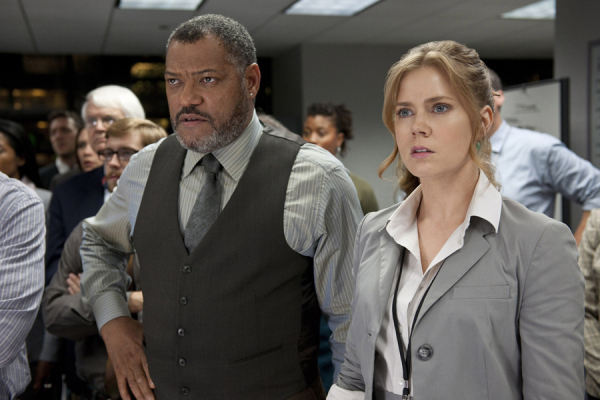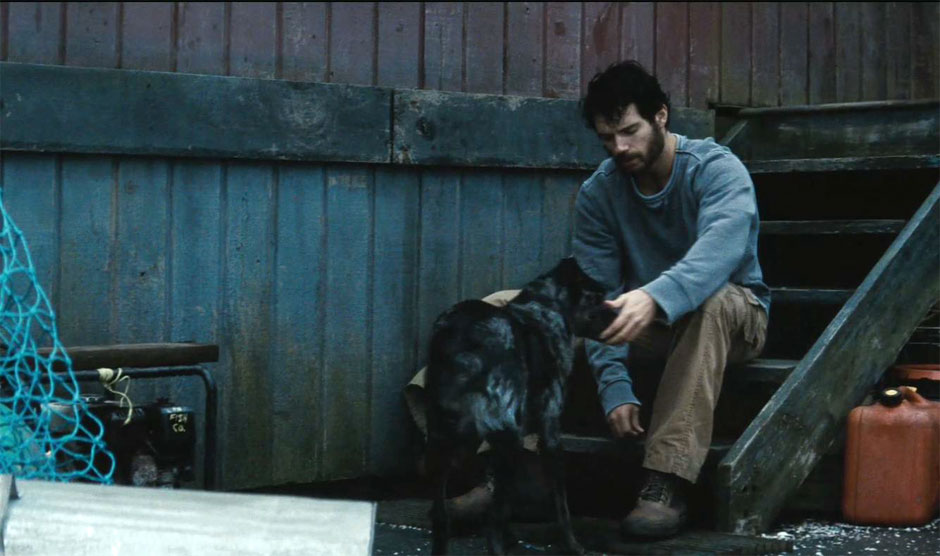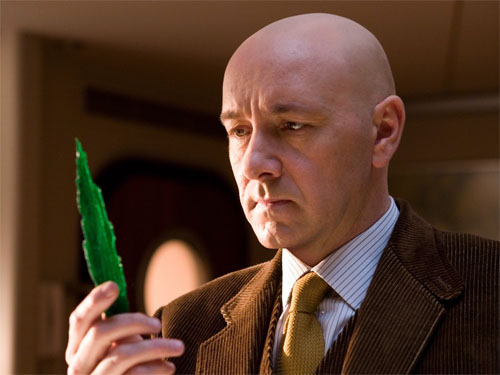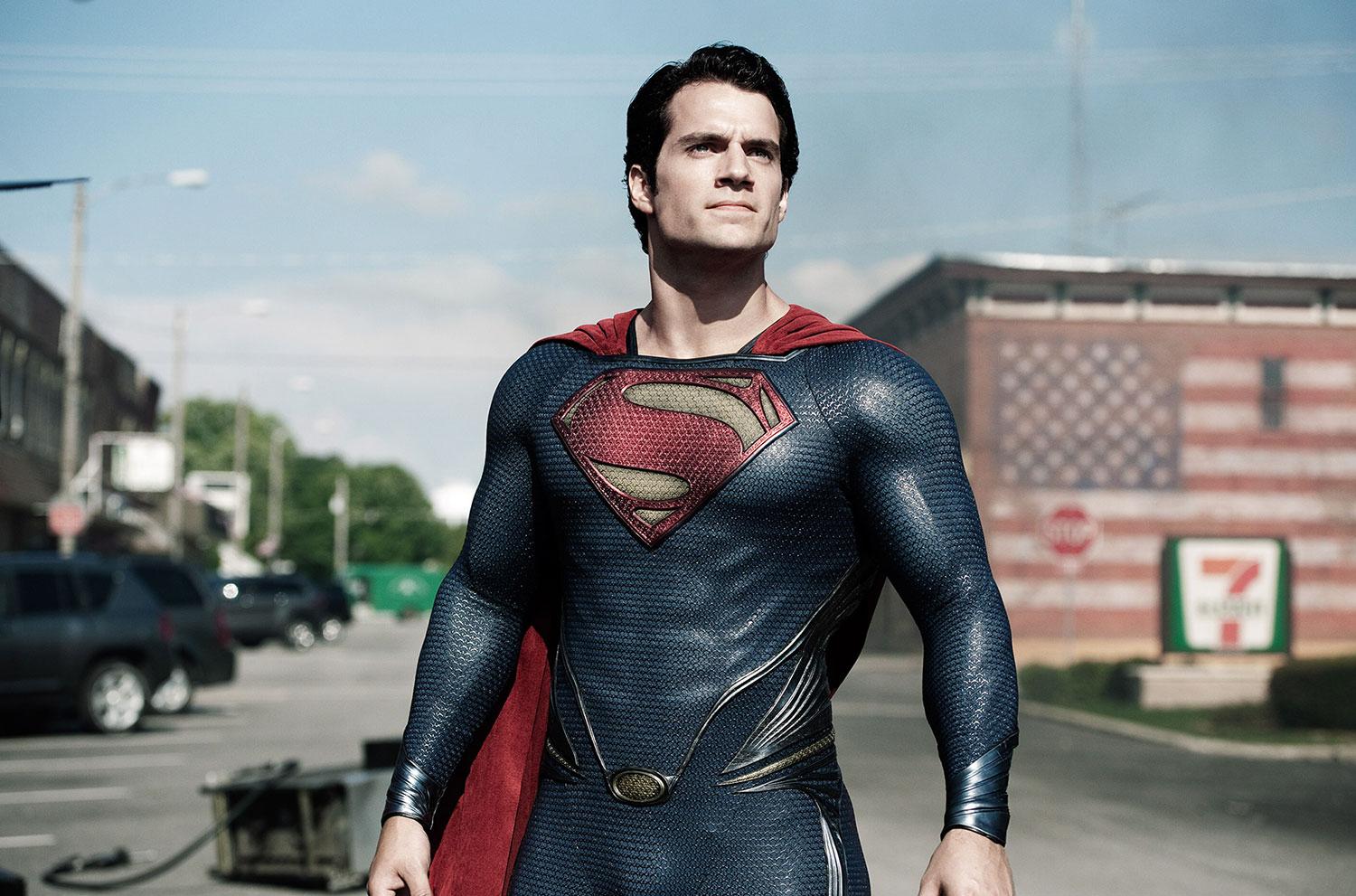The 5 Radical Decisions That Power 'Man of Steel'
Man of Steel is probably one of the most buzzed-about films this summer, and now that it’s hit theatres and reaction is flooding in, people are already wondering about its legacy. Where does it rank in the pantheon of superhero films? More importantly, will Man of Steel be the shot in the arm that the DC movie universe needs to compete with the Marvel juggernaut? After all, with Christopher Nolan’s Dark Knight trilogy wrapped up, and no solid plans to develop solo films for the rest of the Justice League, Warner Brothers and DC are playing a serious game of catch-up.
After taking in the new Superman myself over the weekend, I’d argue there’s definitely something for the studio to build from. While the film struggles with the core problem of all Superman stories – namely, caring about an invulnerable, morally perfect alien – it makes some pretty exciting changes to the Superman mythology, decisions that set it apart from recent interpretations of the character. Here are five of those decisions, which will not only improve the sequels to Man of Steel but even help define other DC films to come.
Before this list begins, I’ll warn you that some of the items on this list may be considered SPOILERS. I’d argue it’s nothing too earth-shattering, but this is your last chance if you want to remain oblivious about the film before you see it.
1) Lois Lane figures out Superman’s identity right away
Perhaps one of the biggest complaints fans and newcomers have had about Superman over the years is his relatively silly idea for a civilian disguise. It takes a lot of suspension of disbelief to accept that a hard-nosed reporter like Lois Lane could work alongside Clark Kent and not recognize Superman behind his glasses. Granted, she inevitably figures it out (and usually gets married to Clark at some point), but a lot of Superman stories try to drag out the tension of when she’ll make the discovery.
Man of Steel gets that complication out of the way early on. The first time Superman saves Lois, she embarks on a cross-country quest to find out who he is, eventually tracking him back to Smallville, Kansas by the end of the first hour. It’s a narrative choice that both respects the intelligence of the audience, and does justice to Lois Lane’s supposed skill as a journalist. And with the second Man of Steel film now in the works, it’ll be interesting to see how this will change the Lois/Clark relationship over time.
2) The origin story structure is thrown out the window
Superhero films have largely followed a pretty linear structure in their origin stories in the past. When it comes to Superman, there’s usually a lot of time devoted to his arrival on Earth, his discovery by the Kents, and his formative years in Smallville. (In the case of the teen drama Smallville, that process took ten seasons of television.)
Here, Zack Snyder’s take is a bit more direct. He skips over the arrival and discovery, and brings us right to Clark Kent in his early thirties, working on a fishing boat as he searches for answers about his Kryptonian heritage. David S. Goyer’s script returns occasionally to flashbacks from Clark’s childhood, but it doesn’t force us to wait for an hour and a half to see Clark in full control of his powers. In a way, it’s a better tactic to take with Superman’s origin – after all, he’s born with his abilities, and doesn’t have to face the struggles that a character like Batman might in the run-up to donning his cape.
3) The Kryptonite gimmick is eliminated
By this point, even non-comics fans can probably identify Kryptonite as the substance that weakens Superman’s abilities, sometimes coming close to killing him. A lot of stories - both in print and on screen – usually involve Superman being temporarily taken out of the fight by a green lump of space rock, only to find a way around it. What’s worse, the apparently wide availability of the stuff made for a lot of overly convenient battles – the villain would just happen to have some Kryptonite, but it would only block Supes for so long.
You’re probably noticing a pattern here – the Kryptonite-laced plots we cherish (or not) have gotten the super-boot in Man of Steel. There is one scene where Superman is restrained by some material from his homeworld, but it’s more subtle: the atmosphere on General Zod’s ship fells the Last Son of Krypton for a short time, and it’s soon corrected with some help from Lois. In fact, the real environmental threat to Kryptonians is more terrestrial: until they learn to focus their powers, the audio-visual overload from X-ray vision and super-hearing is the biggest danger.
4) The super-suit has a backstory
Arguably one of the most iconic things about Superman is his famous blue and red suit, complete with tights, cape and the big “S” – or as Superman later explains, the crest of his family, the House of El. For the longest time, the famous pajama-like outfit has just been part of a long line of superhero costumes on all sorts of characters. Through all its many designs, it’s accepted as part of the status quo of being a superhero.
In an obvious attempt to offer some background on the costume in the way that Christopher Nolan’s Batman films did with their suit, Man of Steel explains that the skin-tight getups are worn by everyone on Krypton, underneath their heavier suits of armour. Clark recovers his suit from the ship he finds buried in the Arctic ice. The story behind the suit a small detail, to be sure, but one that helps build the world of the character a bit more.
5) Ready for a tour of Krypton?
Anyone who has followed Superman for a while will know that Krypton is most often depicted as an icy wasteland, with solemn gatherings of robed aliens inside snowy caverns. It’s a look that has defined much of the mythology, and one of the reasons Superman makes his home in the Arctic is because of the resemblance to his home planet.
This time around, we’re treated to a surprisingly lengthy prologue on the distant planet, with glimpses of Pandora-like wildlife and landscapes. We’re also given decent briefing on the society, including explanations of their colonization of other planets and their efforts in genetic manipulation. The effect is to underscore the alien nature of Superman even more than other outings. Similarly, the themes switch over from those of a superhero doing good deeds to those of a civilization banding together to defend against extraterrestrials, à la Independence Day.
-
That does it for my list – if you’ve seen Man of Steel, which of these changes did you appreciate the most? Were there any you didn’t like? Finally, did I miss any major differences between the new Superman and ones of the past? Sound off in the comments section below, and you liked this post, share it with your friends and followers! You can also browse some of my other reviews and articles here:
-
Related Posts:
My 5 Most-Anticipated Fall 2013 TV Shows | The Pros and Cons of Crowdfunding Movies
Recent Reviews:
Man of Steel | Iron Man 3 | Oblivion | The Place Beyond the Pines
-




